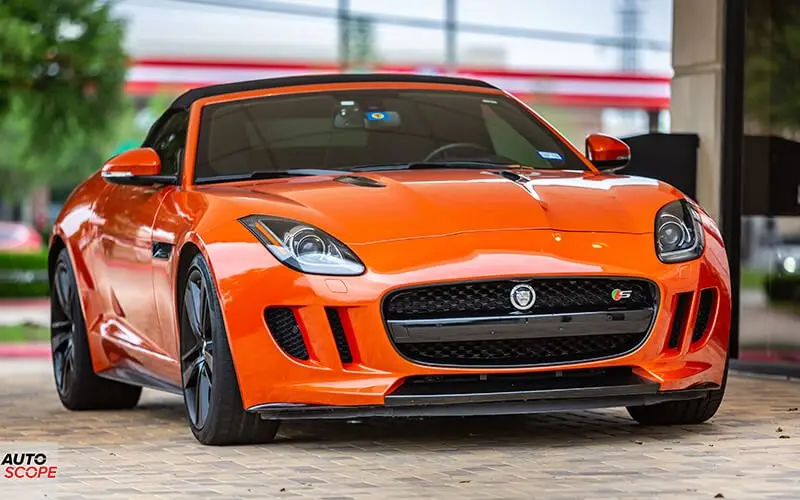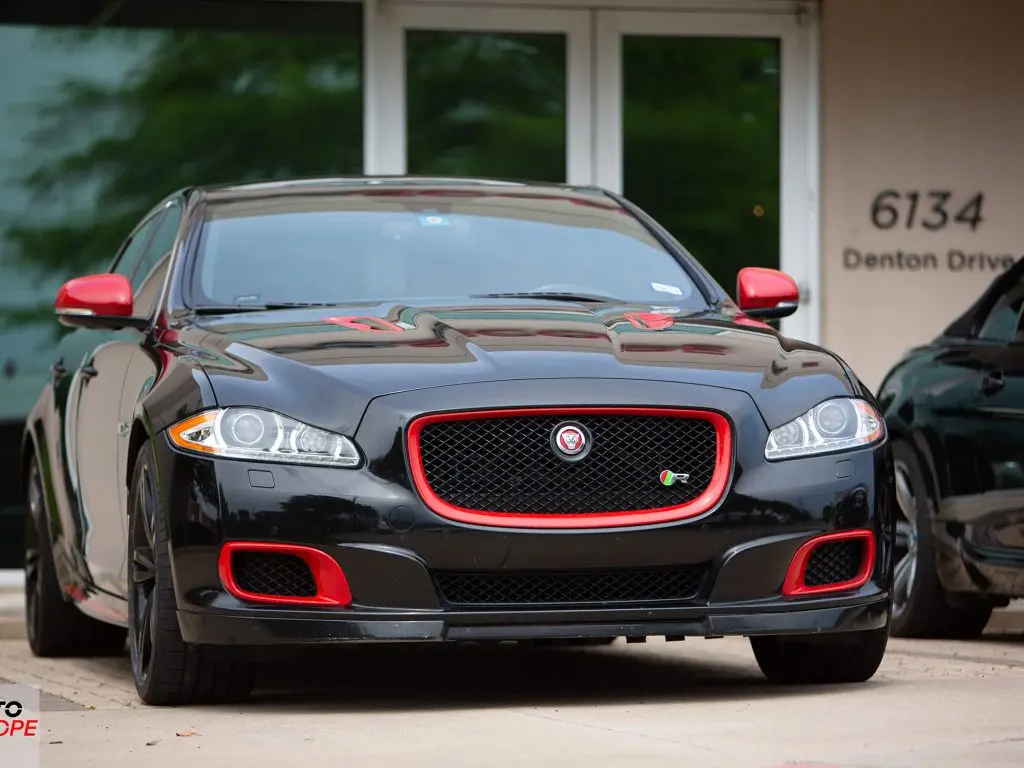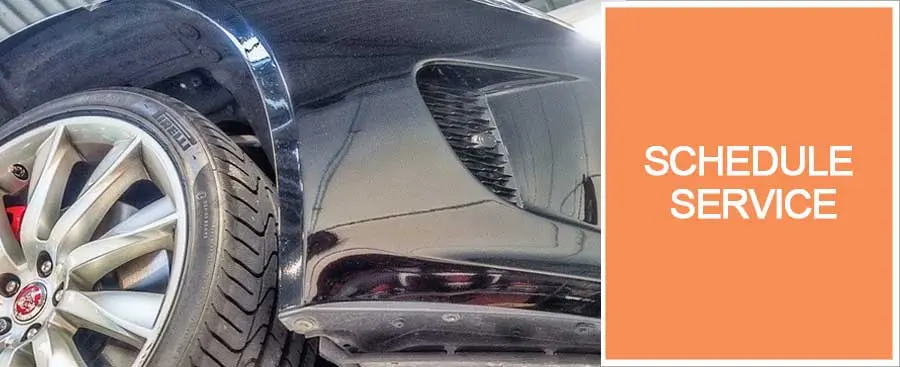 Jaguar cars are known for their elegant design, powerful engines, and luxurious features. Jaguar offers a wide range of models to choose from, so there is a Jaguar car to suit everyone’s needs. Jaguar cars are also known for their excellent performance and handling, and they offer a great driving experience.
Jaguar cars are known for their elegant design, powerful engines, and luxurious features. Jaguar offers a wide range of models to choose from, so there is a Jaguar car to suit everyone’s needs. Jaguar cars are also known for their excellent performance and handling, and they offer a great driving experience.
How much does it cost to maintain a Jaguar?
Compared to other luxury vehicles, Jaguars are relatively expensive to keep in top working condition. According to Repairpal, your Jaguar will cost you around $1,300 per year in upkeep and an average of $17,636 during the first ten years of service. This is much higher than your average luxury brand – nearly $6,000 higher than the ten-year average.
You might have also noticed that $17,000 is much higher than the average yearly cost times ten. This is because, with time, vehicle components deteriorate from normal wear and tear, causing maintenance costs to increase steadily yearly. It’s a natural fact of car ownership that older cars with more miles on the odometer cost more to maintain than newer vehicles – something to consider if you’re choosing between a used vehicle and a new model.
It’s also important to note that some Jaguar models will be more expensive to maintain than others. The Jaguar F-Type is easily the most expensive of the Jaguar models regarding service costs, and the most economical model would be a Jaguar XE.
Are Jaguars Reliable Cars?
While modern Jaguars are extremely reliable , they’re still apt to have issues that end in major repairs. During the first ten years of its life, a Jaguar vehicle is likely to need at least one major repair – in fact; there is a 40.5% chance that it will. That’s a 5.5% greater chance than your average luxury vehicle.
Yet across all Jaguar models and years, only 14% of all repairs are considered severe, which means they’ll cost at least three times more than the average to fix. That’s only slightly above the industry average of 12%, which is a pretty impressive rating for a luxury brand.
That doesn’t mean it’s always going to be very expensive when you bring your Jaguar in for service. Amongst luxury brands, the cost of an oil change, for example, falls right within the industry average. While the actual price will vary based on taxes, fees, and which part of the country you live in, you usually will pay between $250 and $370 for an oil change for your Jaguar.
Cost of Maintaining a Jaguar
Jaguars are beautiful vehicles with exceptional performance and brand loyalty that are unmatched. Yet like any vehicle, Jaguars need to maintain a regular maintenance schedule to continue functioning in top condition.
There are many benefits to keeping a regular maintenance schedule. First, it’s the simplest way to ensure your car’s reliability. There’s nothing fun about getting stuck on the freeway with an overheated engine or having a tire blow out when you’re on your way home. Regular maintenance is the easiest way to keep these situations from occurring and will keep your Jag running smoothly and safely for the longest period of time possible.
Increased vehicle safety means a decrease in accidents, so keeping your Jag maintained will also help diminish the chance of accidents, which ensures your personal safety (and that of your loved ones) and lowers the potential cost of future repairs.
Bringing your Jaguar in for regular service allows your mechanic to locate minor issues that could become major before they become costly headaches. As you can see, keeping to a regular maintenance schedule has many benefits. Here are a few things you can do every month, every quarter, and every year to keep your Jaguar running perfectly.
- Monthly: Check the interior and exterior lights, windshield wiper fluid, tire pressure, and tread.
- Every quarter (or every 3,000 miles): Everything above, plus check all the engine fluids – engine oil, power steering, and automatic transmission fluids. Also, inspect the lights, belts, exhaust, hoses, and fuel and air filter for signs of wear and tear.
- Every six months (or 6,000 miles): All of the checks listed above, plus the car battery and cables and chassis lubrication.
- Every 12 months (or 12,000 miles): A full inspection, which includes all of the above plus the steering and suspension, transmission fluid, and the brake system.
This regular service schedule will help identify potential problems before they come to fruition. If you don’t know enough about cars to make these checks yourself, a quick stop at your trusted mechanic can help alleviate any doubts about your beloved Jaguar’s condition.
Jaguars are built to last. Most will continue to be roadworthy for at least 150,000 miles. However, with proper maintenance – regular oil, belt, and spark plug changes, along with other essential scheduled maintenance – your Jaguar could easily top 200,000 of roadworthiness. It’s worth a bit of extra effort to keep such an effortless-looking vehicle on the road for years to come.
A Little History of Jaguar
Jaguar was founded as the Swallow Sidecar Company in 1922 by William Lyons, a motorcycle enthusiast. Its original product line was motorcycle sidecars. A few years later, Lyons built his first car, the SS1. Then in 1935, he introduced a breakthrough car called the S.S. Jaguar. The company chose the name Jaguar to reflect its sleek design and powerful engine. With its finely-tuned balance of power and agility, the S.S. Jaguar was one of the pre-war era’s most distinctive and beautiful cars.
In 1945, S.S. Cars shareholders changed the company’s name to Jaguar Cars Limited. In 1965 the company merged with BMC to form British Motor (Holdings) Limited. This merger occurred because Lyons was worried about the future of Jaguar, partly because of supply issues for his car bodies and partly because of his age and lack of an heir.
Jaguar has a successful record in motorsports. They have won the Le Mans 24-hour race multiple times, 1951, 1953, and 1955 – 1957.
Lyons had a clear vision for Jaguar: to produce world-class sporting saloons that would appeal to a broader audience than the traditional sports car market. And he succeeded, creating a range of luxurious and well-built cars that cemented Jaguar’s reputation for quality and style.
Even today, Jaguar is known for its beautiful cars, combining luxury and performance in a way few other brands can match. Thanks to Lyons’ creative vision, Jaguar is an automotive icon, and its cars are cherished by drivers all over the world.
In 1999, Jaguar was purchased by Ford, who subsequently purchased Land Rover in 2000. Ford sold both brands to Tata Motors in 2008.
Today, Jaguar is the luxury vehicle brand of Jaguar Land Rover, a British manufacturer with its headquarters in England. The all-new F-PACE, Jaguar’s first performance crossover, is the fastest-selling model in the company’s history.


